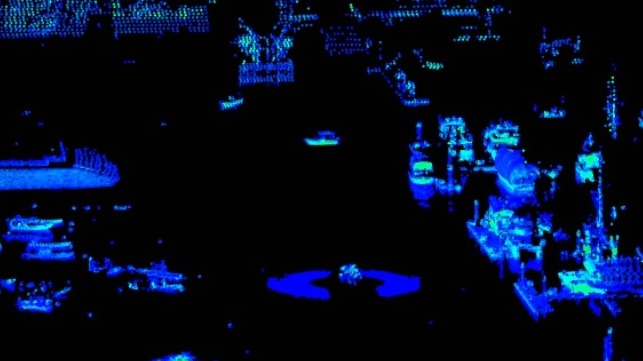Singaporean Tech Firm Uses Lasers to Spot Pirates

Singaporean tech firm Zycraft, known historically for its unmanned surface vessels, has branched out into technology for fighting maritime crime - using lasers. The company has trialed an off-the-shelf commercial LIDAR sensor for spotting approaching pirate boats, giving the crew early warning and an opportunity to take action.
"The company tested a LIDAR system and decided it was far superior to any other sensor that had previously been used in its maritime security operations," said James Soon, Zycraft’s General Manager. “Training of operators is also a lot simpler as the image is so clear.”
LIDAR sensors use large numbers of laser beams to scan their surroundings in three dimensions, and are used extensively in onshore autonomous navigation and robotics. The sensor Zycraft tested on the water is a 128-channel LIDAR built by Hesai Technology, the leading supplier of commercial LIDAR components for the automotive industry. According to Zytech, it is capable of detecting very small objects at sea, such as a piece of rope floating on the water - even during extreme weather conditions.
The LIDAR system tested had a useful range beyond 250 meters and provided 360 degree coverage, Zytech said. It was able to not only detect boats of eight meters in length - a typical size for pirate launches in the Singapore Strait - but could also detect the wake these boats leave behind. The ability to detect wakes means that the trajectory of the suspect vessel can be charted. Even in challenging conditions, the LIDAR system showed a promising ability to detect incoming boats, cutting down on false alarms.
“Radar and infra-red cameras are too sensitive to environmental conditions . . . The clarity of LIDAR detection and its absence of false alarms means that any alert can now be seriously taken,” Soon said.
In addition to its deployment as an anti-piracy protection measure, Soon believes that LIDAR would also be helpful during search and rescue missions, as it would provide a high probability of detecting someone floating on the surface of the water at long range.
